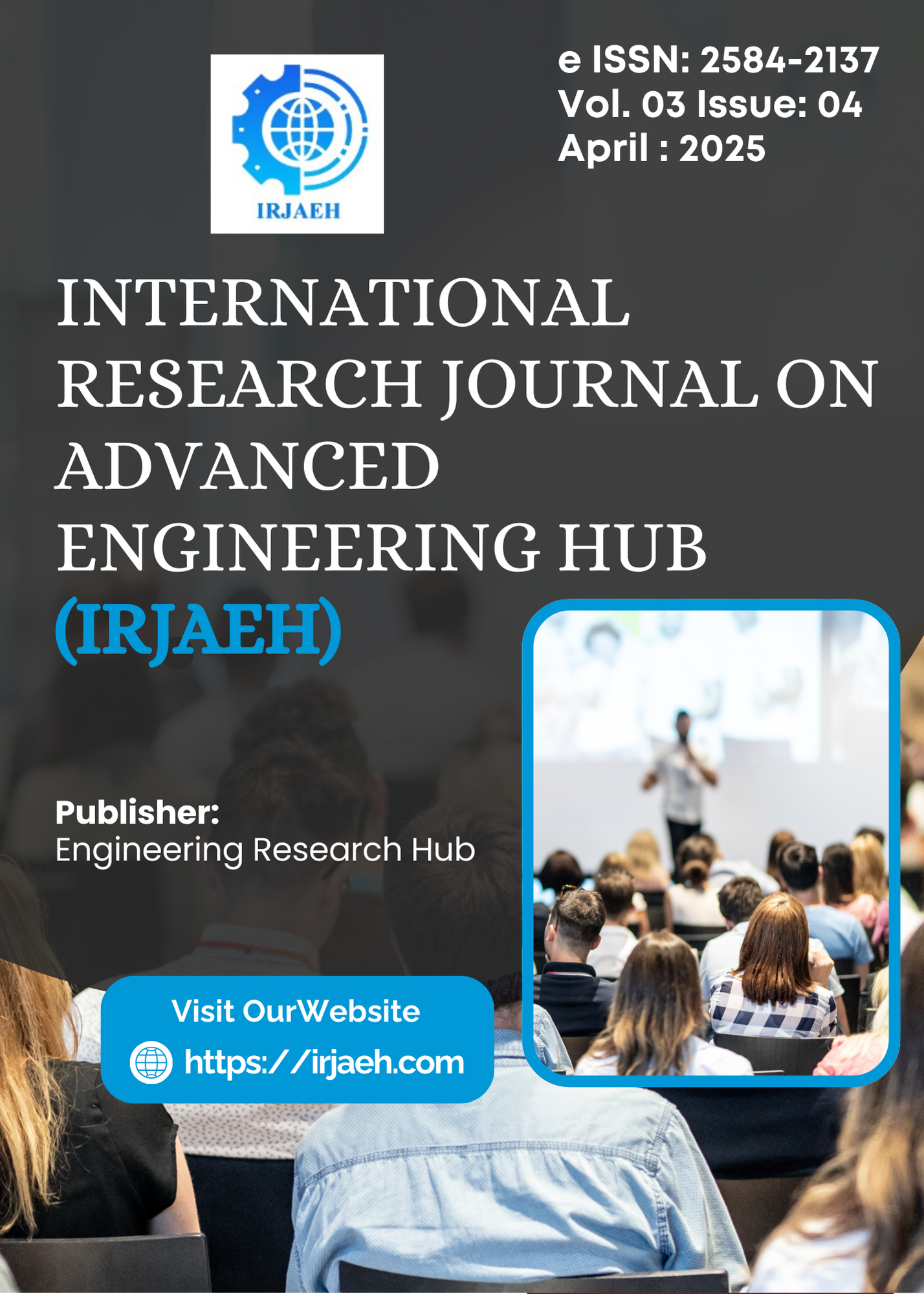Liver Disease Prediction
DOI:
https://doi.org/10.47392/IRJAEH.2025.0176Keywords:
Clinical decision support, Liver disease, Machine learning, SHAP, XGBoostAbstract
The manual and subjective analysis of liver function tests frequently impedes early detection and accurate diagnosis, which are crucial. In order to improve the precision and effectiveness of diagnosis, this work proposes a liver disease prediction model utilizing the Extreme Gradient Boosting (XGBoost) algorithm. Features like Total Bilirubin, Direct Bilirubin, Alkaline Phosphatase, SGOT, SGPT, Albumin, and Albumin-Globulin Ratio are used to train the model on the Indian Liver Patient Dataset (ILPD). Hyperparameter optimization, feature selection, and thorough data preprocessing are used. High predictive accuracy is attained by the model after it is validated using k-fold cross-validation. To make features easier for clinicians to understand, SHAP values are used to analyze feature importance. By helping healthcare professionals make quicker, data-driven diagnostic decisions, this machine learning-driven system provides a dependable and effective tool that may lower diagnostic errors and enhance patient outcomes.
Downloads
Downloads
Published
Issue
Section
License
Copyright (c) 2025 International Research Journal on Advanced Engineering Hub (IRJAEH)

This work is licensed under a Creative Commons Attribution-NonCommercial 4.0 International License.

 .
. 